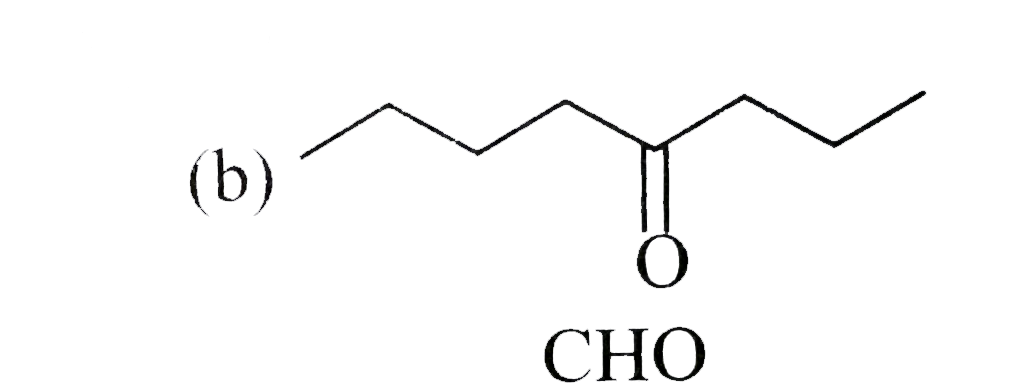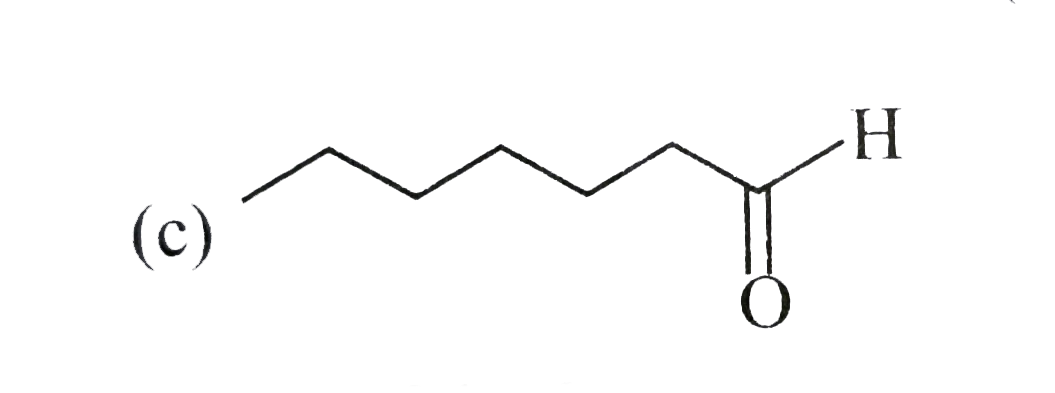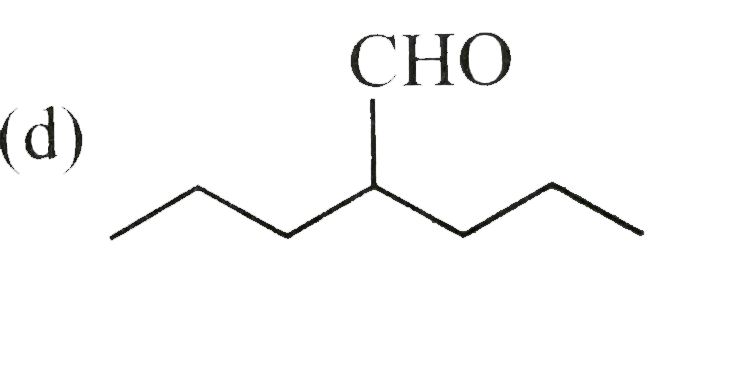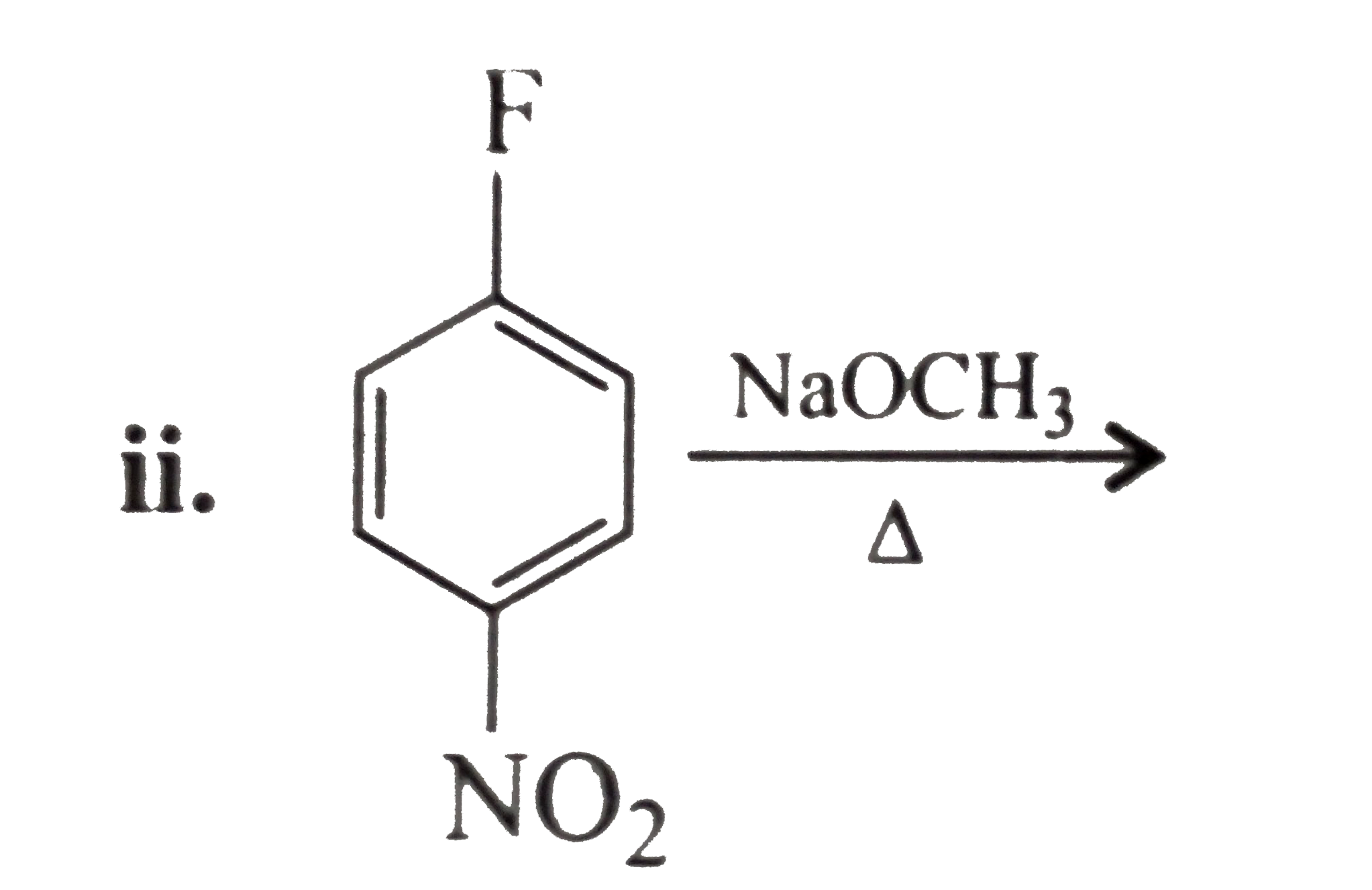The final major product of the following reaction is :
CH3−CH2−C≡C−H(1)NaNH2−−−−−−−−−→(2)CH3CH2Br
CH3−CH2−C≡C−CH2−CH3
CH3−CH∣CH2CH3−C≡C−H
CH3−CH2−CH∣NH2−CH3
H3C−CH2−C≡C−NH2
The correct Answer is:A
To determine the final major product of the given reaction, we will follow these steps:
Step 1: Identify the Reactant
The reactant is butyne, specifically 1-butyne, which can be represented as:
CH3CH2C≡CH
Step 2: Reaction with Sodium Amide (NaNH₂)
Sodium amide (NaNH₂) is a strong base. When it reacts with 1-butyne, it abstracts the acidic hydrogen from the terminal alkyne (the hydrogen attached to the carbon of the triple bond). This results in the formation of a carbon anion:
CH3CH2C≡C−
Here, the negative charge is stabilized by the sodium ion (Na⁺).
Step 3: Nucleophilic Attack on Ethyl Bromide (CH₃CH₂Br)
Next, we introduce ethyl bromide (CH₃CH₂Br) to the reaction. The carbon anion formed in the previous step acts as a nucleophile and attacks the carbon atom in ethyl bromide that is bonded to the bromine atom. This leads to the displacement of bromide ion (Br⁻) and the formation of a new carbon-carbon bond:
CH3CH2C≡C−+CH3CH2Br→CH3CH2C≡C-CH2CH3+NaBr
Step 4: Final Product Formation
The product formed from this reaction is an internal alkyne with six carbon atoms:
CH3CH2C≡C-CH2CH3
This compound is known as hex-3-yne.
Conclusion
The final major product of the reaction is:
Hex-3-yne
The reactant is butyne, specifically 1-butyne, which can be represented as:
CH3CH2C≡CH
Sodium amide (NaNH₂) is a strong base. When it reacts with 1-butyne, it abstracts the acidic hydrogen from the terminal alkyne (the hydrogen attached to the carbon of the triple bond). This results in the formation of a carbon anion:
CH3CH2C≡C−
Here, the negative charge is stabilized by the sodium ion (Na⁺).
Next, we introduce ethyl bromide (CH₃CH₂Br) to the reaction. The carbon anion formed in the previous step acts as a nucleophile and attacks the carbon atom in ethyl bromide that is bonded to the bromine atom. This leads to the displacement of bromide ion (Br⁻) and the formation of a new carbon-carbon bond:
CH3CH2C≡C−+CH3CH2Br→CH3CH2C≡C-CH2CH3+NaBr
The product formed from this reaction is an internal alkyne with six carbon atoms:
CH3CH2C≡C-CH2CH3
This compound is known as hex-3-yne.
The final major product of the reaction is:
Hex-3-yne
Topper's Solved these Questions
- HYDROCARBONSBOOK - PHYSICS WALLAHCHAPTER - HYDROCARBONSEXERCISE - NEET PAST 5 YEARS QUESTIONS
27 Videos
- HALOALKANES AND HALOARENES BOOK - PHYSICS WALLAHCHAPTER - HALOALKANES AND HALOARENES EXERCISE - NEET PAST 5 YEARS QUESTIONS
7 Videos
- HYDROGENBOOK - PHYSICS WALLAHCHAPTER - HYDROGENEXERCISE - LEVEL-2
58 Videos
Similar Questions
Knowledge Check
The final major product of the following reaction is :
CH3−CH2−C≡C−H(1)NaNH2−−−−−−−−−→(2)CH3CH2BrACH3−CH2−C≡C−CH2−CH3BCH3−CH∣CH2CH3−C≡C−HCCH3−CH2−CH∣NH2−CH3DH3C−CH2−C≡C−NH2The final major product of the following reaction is :
CH3−CH2−C≡C−H(1)NaNH2−−−−−−−−−→(2)CH3CH2BrACH3−CH−C≡C−CH2−CH3BCH3−CH∣CH2CH3−C≡C−HCCH3−CH2−CH∣NH2−CH3DH3C−CH2−C≡C−NH2What is the final major product of the following reaction
CH3−CH2−C=C−H
NaNH2−−−−→CH3CH2CH2−Br−−−−−−−−−−→HgSO4−−−→H2SO4 ?A B
B C
C D
D
The major product of the following reaction, (CH3)2CH−NH2∣CH−CH3HNO2−−−→ is
View SolutionWhat is the final product, C, of the following reaction sequence?
CH3−CH2−C≡C−H(i)NaNH2−−−−−−−−−−→(ii).CH3CH2BrA
ANa,NH3(liq.)−−−−−−−−−→B
BBr2−−−−→CH2Cl2C
View SolutionComplete the following reaction by identifying X and Y.
CH3CH2C≡CHNaNH2−−−−→XC2H5Br−−−−→Y
View SolutionThe major product of the following reaction is :
CH3C∣BrHCH2C∣BrHCH2CH3KOH,CH3OH−−−−−−−−−−−→heat
View SolutionThe major product of the following reaction is:
C6H5CH2−CH3∣C∣Br−CH2−CH3C2H5Na−−−−→C2H5OH
View Solution

